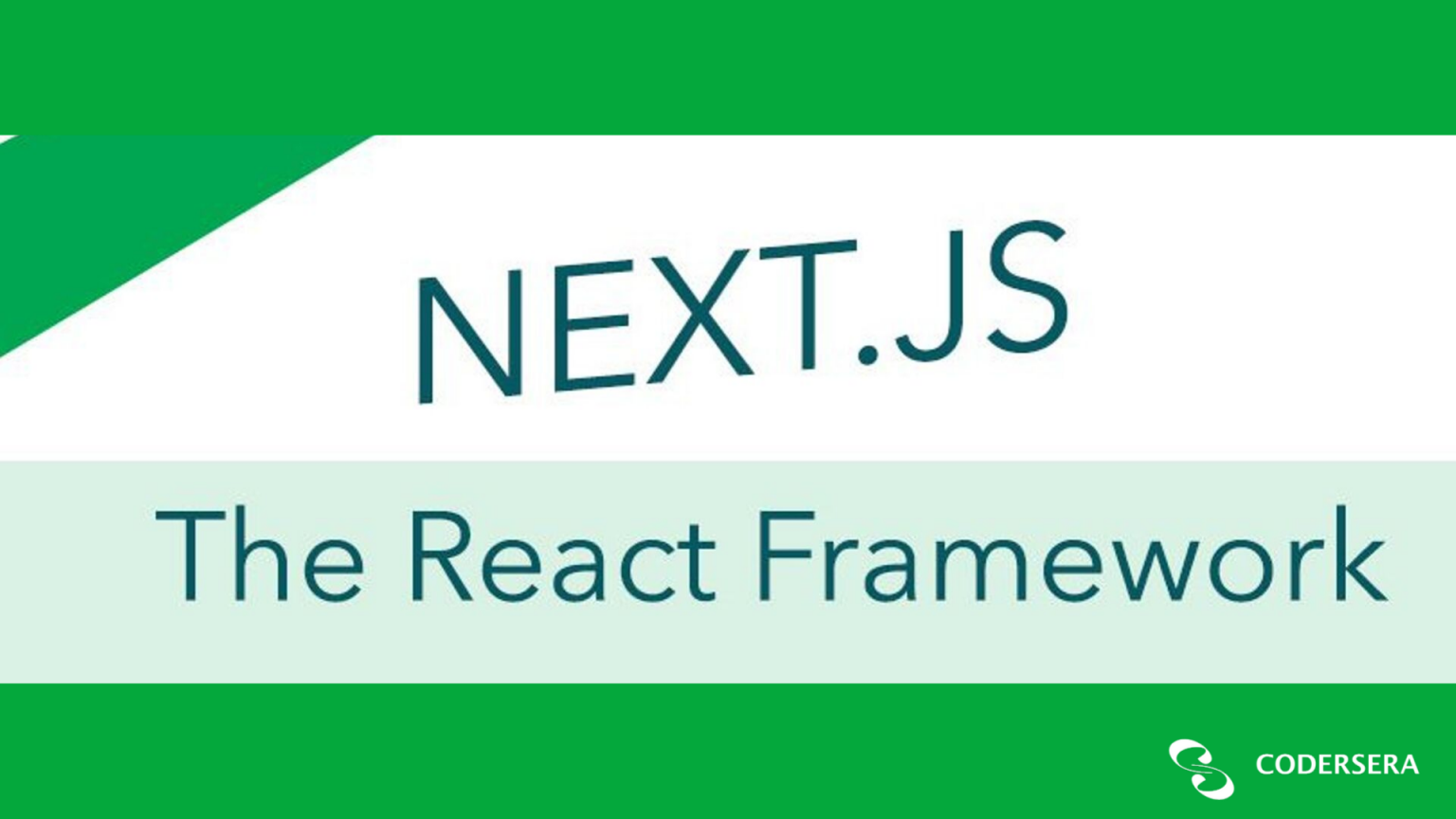Redefine Creativity
AI Image Editor
Free browser-based tool for stunning visual creations
10 min to read
Programming is the method to innovate something new and amazing. Being a coder, it is important to be aware of every new upcoming technology. “Nuxt”, “Next”, and “Nest” are a little confusing, right? They might sound similar but their practical application is different from each other.
The coders who aren’t familiar with these frameworks might get confused in the beginning, these are perplexing and complex words. I’m going to explain all the concepts of Nuxt, Next, and Nest so stay tuned with me, in this article you may explore the uses and installation of these frameworks. Surely, this article will help you to know about these frameworks in depth.
Do you ever think about why we need a framework? What are the uses of the framework?
Before starting with these frameworks, let’s have a short briefing on CSR (client-side rendering) vs SSR (Server-side Rendering).
WORKING OF CSR
Is? Server sending the response to the browser?
↓
? Browser downloads JavaScript?
↓
? Browser executes React?
↓
? The page now viewable and interactable?
WORKING OF SSR
?? Server sending ready to be rendered
HTML response to the browser ??
↓
? The browser renders the page, Now viewable
and browser downloads JavaScript?
↓
? Browser executes React?
↓
? Is Page now Interactable?
The first thing that needs to be clear is these three frameworks- Nust, Next, and Nest are different from each other but come in Javascript Ecosystem.

If you’re a Vue.js programmer, then you probably heard of Nuxt.js. or if you’re not then let's start with Nuxt!
Nuxt.js is a high-level framework that builds on Vue. It is an open-source application framework that is free and based on Vue.js, also Node.js, Webpack, and Babel.js. Nust comes under universal application which uses “meta-framework” as well as develops single-page Vue apps.
The main aim is to build applications with Nuxt.js that it is more flexible while creating any project because Nuxt helps the developers to create complex, fast, and universal web applications quickly.
What is Vue.js?
It is an open-source Javascript framework, it is faster as well as smoother to build user interfaces and single-page applications. The reason behind this is, that Vue had familiar templating syntax and use of components, integrating or migrating the project makes it more understood by beginners. For this reason, Vue is the best framework for tech startups or beginners to learn and build applications. Also, useful for large-scale applications performance-wise.
[Important] The current version of Nuxt.js is v2.9.2
The plus point of Nuxt.js is that the developers can create universal applications easily in Vue. Most people are not familiar with universal app beginners.
So, what is a universal app?
It is the app that describes JavaScript code that can execute both on the client and the server side. There are many modern Javascript frameworks like Vue, that aim to build Single-page Applications (SPA). And a universal app completely based on SPA.
Nuxt generates a static version of your website with a unique Webpack configuration. For every page, it automatically creates the program which builds its own JavaScript file.
Also, it helps to speed up the progress and keep the size of the JavaScript file small relative to the application size.
Many Vue projects are using, Vue.componentsupported by new Vue ({ el: `#container’ }) to target the container element in the body of every page. It is used only to build small projects (single files) whereas JavaScript is only used to enhance certain views. It has difficulty managing the big file. Use .vue an extension with single-file components, to solve your problem.
$ npm i nuxt
$ npx create-nuxt-app
According to the latest update, you can directly start with the CLI create-next-app.
Or start it with a simple template: starter:
The basic Nuxt.js project template express: Nuxt.js + Express koa: Nuxt.js + Koa adonuxt: Nuxt.js + AdonisJS micro: Nuxt.js + Micro nuxtent: Nuxt.js + Nuxtent module for content-heavy sites.
<template>
<div>
<h1>Hello world!</h1>
<NLink to="/about">
About Page
</NLink>
</div>
</template>After clearing our first concept of Nuxt. Let’s move to the next topic Next.js

If you compare all three frameworks, the most popular framework you get is Next.js from the other two. Let's see what is so interesting in this framework that it is popular and the developer’s favorite.
Next.js is a Javascript framework that uses React to build server-side rendering and static web applications. According to every developer, it is the best tool to build websites because it has great features and advantages, which make it the first option for creating web applications.
So, do you think, why it is the first choice of the developer for building web applications?
The first thing that makes it different from the other two frameworks is it doesn’t need any configuration of Webpack. Even if it comes with its configuration, with some basic React and Javascript knowledge, build your way to development.
Some of you know about React, but for beginners, let’s have a quick introduction to React.
React is a Javascript library for building user interfaces, it is also known as React.js. It can be used as a base in the development of single-page or mobile applications that make it optimal for fetching rapidly changing. React was created by Facebook.
For using React.js it is important to know about the basic components of React.
Components can be rendered to a particular element in the DOM by using the React DOM library. There are two primary components in React.
These are the component declared with a function that then returns some JSX.
Syntax:
function Greeting(props) {
return <div>Hello, {props.name}!</div>;
}These are the components declared using ES6 classes and are also known as “stateful” components because their state holds the values throughout the component and can be passed to child components through props.
Syntax:
class ParentComponent extends React.Component {
state = { color: 'green' };
render() {
return (
<ChildComponent color={this.state.color} />
);
}
}This is all about React let's come to our topic Next.js.
Next.js is a framework that is opinionated and provides a structure for the apps. As well as it is an automatic code-splitting.
[Important] The current version of Next.js is Next.js 9
Next.js comes with great features that make it useful as well as popular among developers.
For beginners or experienced developers, Next.js is the framework easy to use and get started building a project. It is easy in Next.js to compile and export the application in HTML.
Next.js performs server-side rendering by default which makes your application optimized for search engines. This Next.js comes with a head component that allows the developers to add or make dynamic Meta-Tags.
By using SSR you get:
When you create any React application by using, create-react-appyou usually need to install a react-router and create its custom configuration. But with Next.js it is easier because it comes with its routers with zero configuration. The main feature is that Next.js take care of all its routers you just sit and create your page inside the pages folder.
npm install --save next react react-dom
{
"scripts": {
"dev": "next",
"build": "next build",
"start": "next start"
}
}After that, the file system is the main API. Every.js file program that gets automatically processed and rendered.
Use ./pages/index.js inside your project
function Home() {
return <div>Hello world!</div>;
}
export default Home;Then run npm run dev.
Here we complete our two concepts Nust.js and Next.js, let’s move to the last topic Nest.js

The main thing that makes Nest.js differ from both frameworks is that it is heavily inspired by Angular.
Nest.js is a framework for building efficient, scalable Node.js server-side applications. It is modern JavaScript, which is built with TypeScript and uses Express.js. The important thing that Nest.js provides is that it preserves compatibility with pure JavaScript and combines elements of OOP (Object-Oriented Programming), FP (Functional Programming), and FRP (Functional Reactive Programming).
As similar to TypeScript and a reasonable knowledge of JavaScript help the developer to create the best application in Nest.js. The main aim of Nest.js was to solve the architectural problems of Node.js by providing back-end applications with a modular structure for organizing code into separate modules. The plus point to working in Nest.js is that it is fully built with TypeScript which is beneficial for code type checking by which it helps to facilitate the process of development of the application.
[Imprtant] The current version of Nest.js is version5
Recently, the Nest.js framework is increasing in popularity due to its incredible features:
Nest.js provide developers with an out-of-the-box application structure that allows them to create highly testable, scalable, and easily maintainable applications. As well as it makes use of Express which provides compatibility with a wide range of other libraries that the developer easily uses the myriad third-party plugins which are available.
$npm i @nestjs/cli
$ nest new project-name
npm cli command, and to create a new project with nest new project-name.import { NestFactory } from '@nestjs/core';
import { ApplicationModule } from './app.module';
async function bootstrap() {
const app = await NestFactory.create(ApplicationModule);
await app.listen(2000);
}
bootstrap();And then to run the app listens on port 2000, you execute the syntax:
Nust– This is the framework to create a Vue application that supports universal rendering.
AND
Next- This is to create a React application that also supports universal rendering.
AND
Nest– This is for node applications with additional structure and support.
Vue. js is a progressive framework for JavaScript used to build web interfaces and one-page applications. Not just for web interfaces, Vue. js is also used both for desktop and mobile app development with the Electron framework.
NestJS is a Node. js framework that's intended for use with TypeScript to build efficient and scalable server-side applications. This is a web application that mainly relies on strong HTTP server frameworks like Express or Fastify.
Some advantages of React are: Write once and learn anywhere. It is simple. SEO friendly. Fast, efficient, and easy to learn.
Need expert guidance? Connect with a top Codersera professional today!